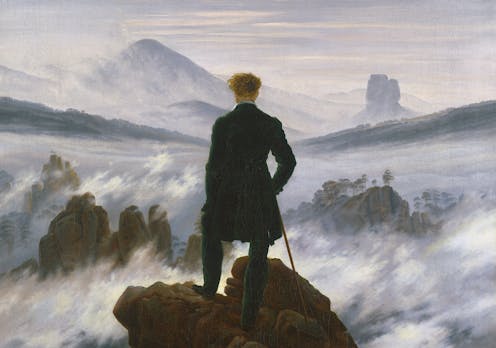Awe can alter our sense of self and open us to new possibilities – could it help save the planet?
- Written by Nanda Jarosz, Executive Officer, University of Sydney

Arnold Schwarzenegger recently made the claim[1] that climate change has an image problem. He railed against what he thinks is an overemphasis on degrowth and bad optics:
As long as they keep talking about global climate change, they are not gonna go anywhere. ‘Cause no one gives a s*** about that. So my thing is, let’s go and rephrase this and communicate differently about it and really tell people we’re talking about pollution. Pollution creates climate change, and pollution kills.
Whether or not a rebranding exercise will be enough to shift perceptions is as yet unclear. But calls to recognise the power of emotions to drive change[2] are becoming increasingly relevant in motivating action.
In his new book Awe: The Transformative Power of Everyday Wonder[3], psychologist Dacher Keltner claims emotions like awe “unite us into something larger than the self” and can lead to a better relationship with the natural world.
But what exactly is awe and how can emotions help us save the planet?
Review: Awe: The Transformative Power of Everyday Wonder – Dacher Keltner (Allen Lane)
The science of emotions
For a long time, attempts to understand the mind’s responses to reality were grounded in experimental psychology[4]. This involved focusing attention on the internal mental processes at the heart of human behaviour.

















